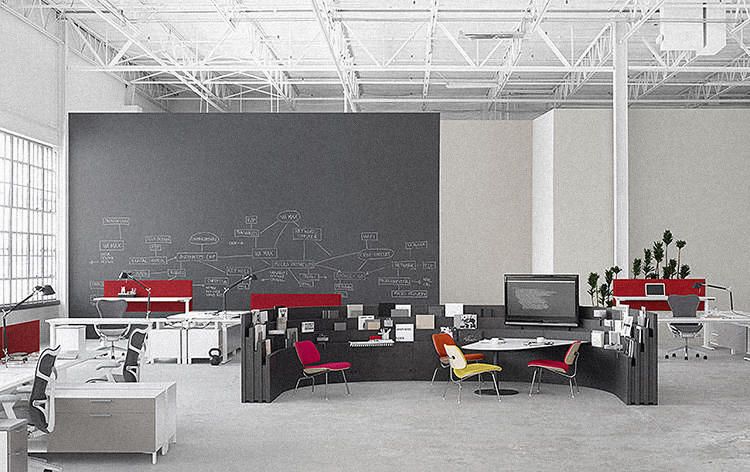This is a guest article by Julien Leveau in which he brings you a series of professional tips for photographing interior architecture.
Capturing the inner beauty of a villa or property is not easy, it takes many skills and good equipment to take advantage of architectural design, play with lines and curves, or handle lighting, are essential elements to take a good photo. photographer, I’ll share my secrets so that you too can get flawless images.
- Obviously.
- The camera you use is important for taking pictures indoors.
- But to get a good photo.
- The most important thing is the lens.
For the interiors I use several spotlights depending on the space offered by the interior and the effect I want to achieve, this is what I carry in my briefcase every time I photograph interiors.
I am a fan of Nikon and use the D800, D810 and D850, I usually carry two just in case, but normally one is enough, it is important to carry several batteries and their charger if it is a long session. To document a village, I spend an average of 8 to 10 hours, allowing me to document the sunset.
As I mentioned above, optics are the elements that will allow you to have THE PHOTO, in interior architecture these are the ones that I use:
1. The super wide angle, a Nikon 14-24 mm. I use this lens between 14 and 19 mm when the spaces are very narrow (bathrooms or yacht rooms, for example), I recommend limiting their use in indoor photography since it has several defects, the first is that it distorts the lines, which prevents me from adjusting them when riding. The second defect of the super wide angle is that it gives the impression that the space is larger than it really is. If the session is for the sale or rental of a property, this can lead to the disappointment of a potential customer when visiting the property and discovers that the space is smaller than you see in the photos, so for most shots I use the 24 mm.
2. The 24 mm wide angle. I am the proud owner of a Tilt Shift 24mm Prime lens and it is simply wonderful, not for its price (which costs about 2000 euros) but for the possibilities offered by this goal. If you are not familiar with decentralized optics, I invite you to read this complete article about its use, which basically allows you to focus on the desired area keeping your gaze straight, without a doubt essential and the one I use most for indoor photography.
3. Main focal points. In addition to the lenses mentioned above, I use a 50 mm and an 85 mm lens (I don’t have larger focal lengths) for detailed shots, my 50mm has a maximum aperture of f/1. 2 and gives me a lot of depth of field, which is very nice in terms of room details.
I have a tripod with a head. This accessory is essential to always have my lines straight and for long exposure shots, which is also true when taking composite photographs (a topic that I will discuss later).
For use in artificial light, I use a deported flash mounted on a tripod, in case they can bring an assistant (or a second person) to the session, a light reflector may be the solution. These elements will help you highlight patterns in the shadows or adjust the lighting differences between indoors and outdoors.
The first step when I arrive at a farm is to take a walk, the goal is to visualize the spaces and determine how the light will move throughout the day to be able to plan the shots according to schedules, for example, the terrace can be shaded in the morning, but offers a beautiful sunset at dusk.
Once I’m programmed, I start working on it and follow the guidelines I recommend below:
The configuration I use in the interior architecture will depend on each plane, but here are the general rules I apply:
When I arrive at the office after a session, the first thing I do after downloading them to my Mac is select the ones I’ll use in Lightroom, once this process is complete, I transfer the files to Photoshop to combine my shots. Here is a small tutorial that explains this process very well:
And that’s the complete guide to taking professional-quality indoor photos. I hope this helps you and that you have learned something from my experience.
This is an article by Julien Leveau, professional photographer of marriage and architecture. You can follow his work at Julien Leveau and Studio Arcenciel.
If you would also like to participate as a guest author, click here
If you liked the article, thank Julien for her tips sharing the article on your favorite social network so others can enjoy her fantastic work and the tips she offers. Thank you and soon.

